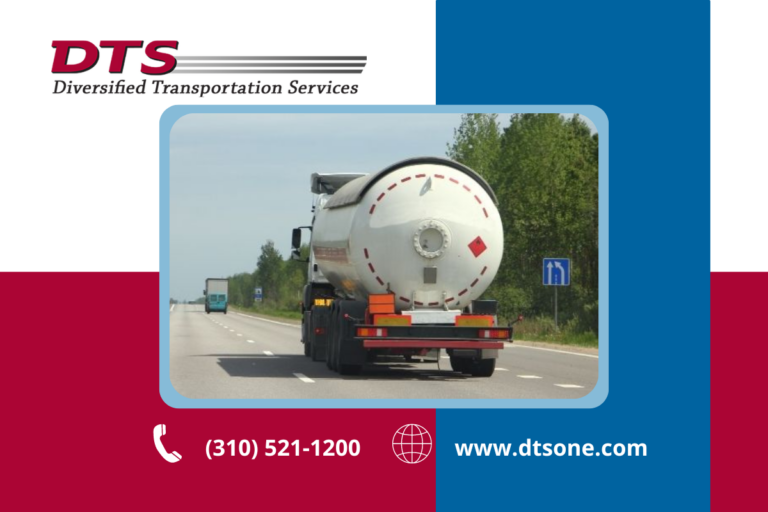
For many people, uttering the phrase “hazardous materials” conjures mental images of nuclear waste, human blood, and things that explode. But many of the items that we rely on each day, such as bleach, hair spray, and cell phones, also earn the same distinction. Having a solid grasp of the additional freight requirements for shipping these products makes all the difference in client satisfaction.
Here are the procedures for shipping hazardous materials and what they mean for your company:
The first thing to do when transporting any hazardous materials is to identify the classification for the item. There are a total of nine different categories that products can fall under, and each group comes with unique requirements. The nine different classifications are:
Be sure that your packaging is appropriate to the individual hazardous material you are transporting. This includes using performance packaging that follows the manufacturer’s instructions for inner packing and closing materials when necessary. The purpose of performance packaging is to contain the hazmat in the event of an emergency.
When preparing the paperwork, don’t forget to include hazard communications with your products that detail the specific hazmat. When required, be sure to fill out the additional paperwork and provide information such as the hazard class, quantity, and emergency contact information.
Finally, check with your carrier to help ensure you meet any additional requirements and follow all appropriate procedures for shipping hazardous materials they have in place. This can include specific insurance, pickup times, and price adjustments for taking on the additional risk.
Whether you're a company looking to improve one facet of your supply chain, your entire supply chain, or simply looking for a transportation and logistics consultation, we can help.